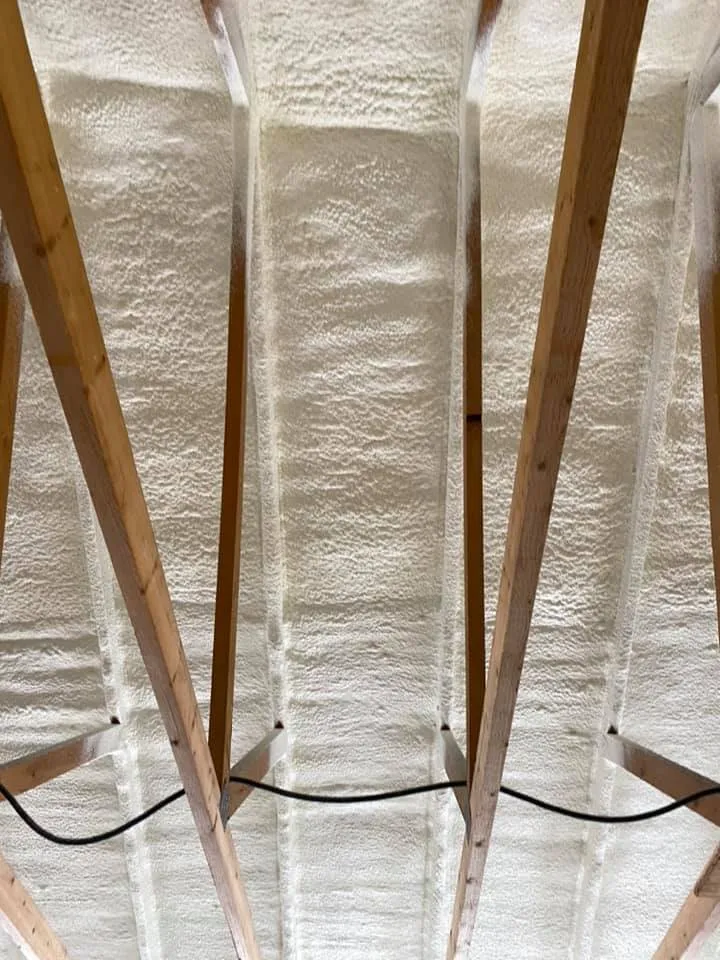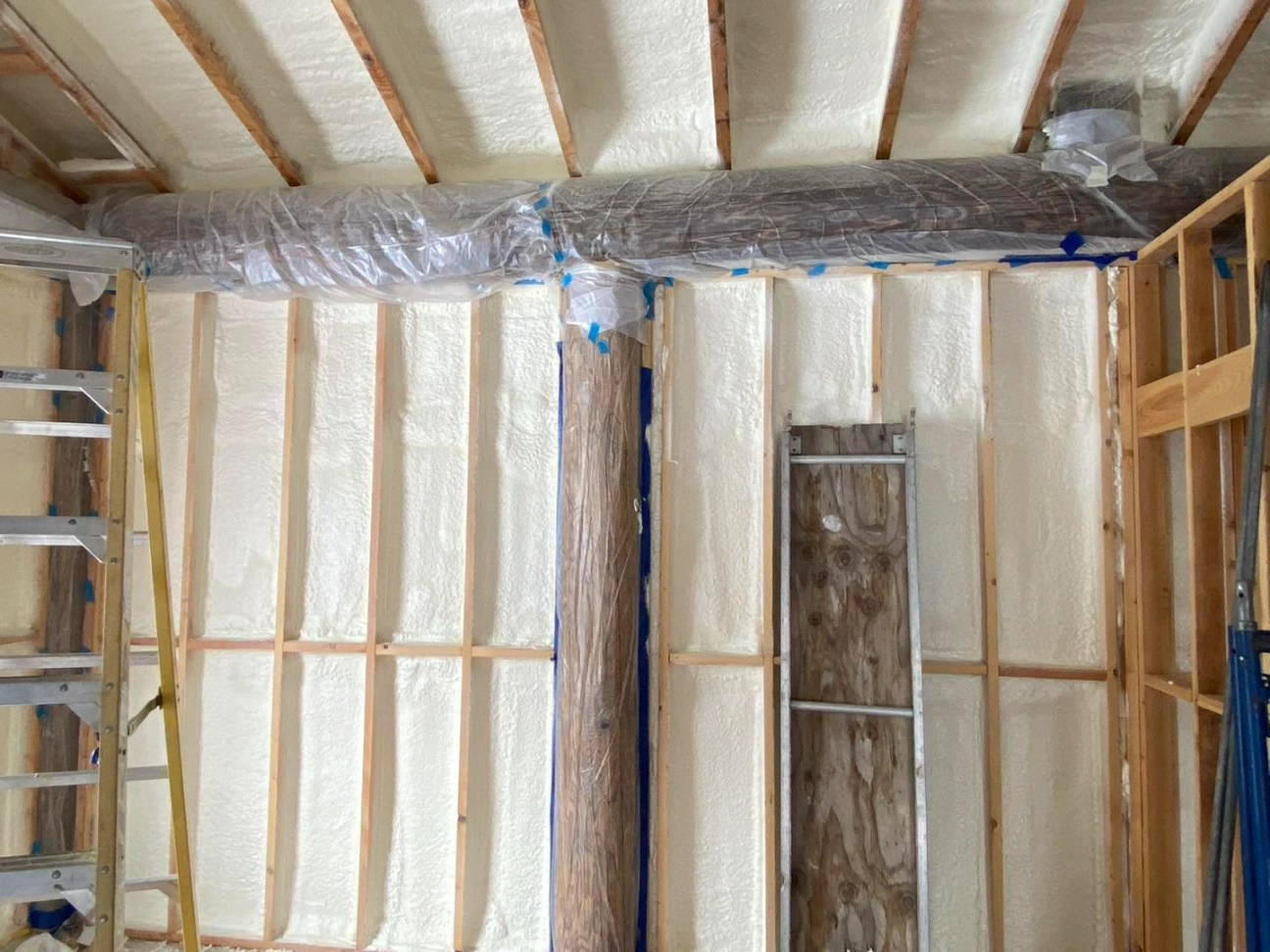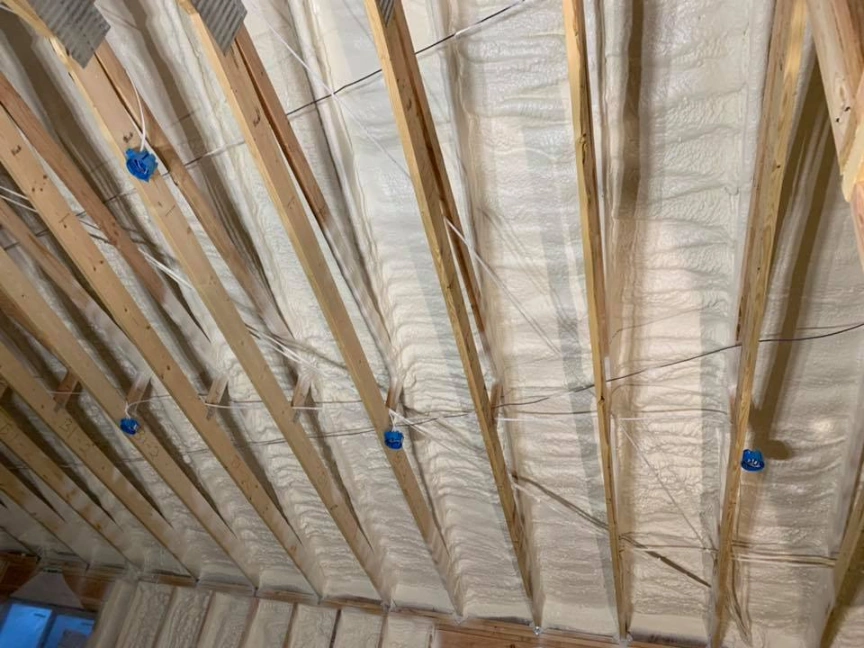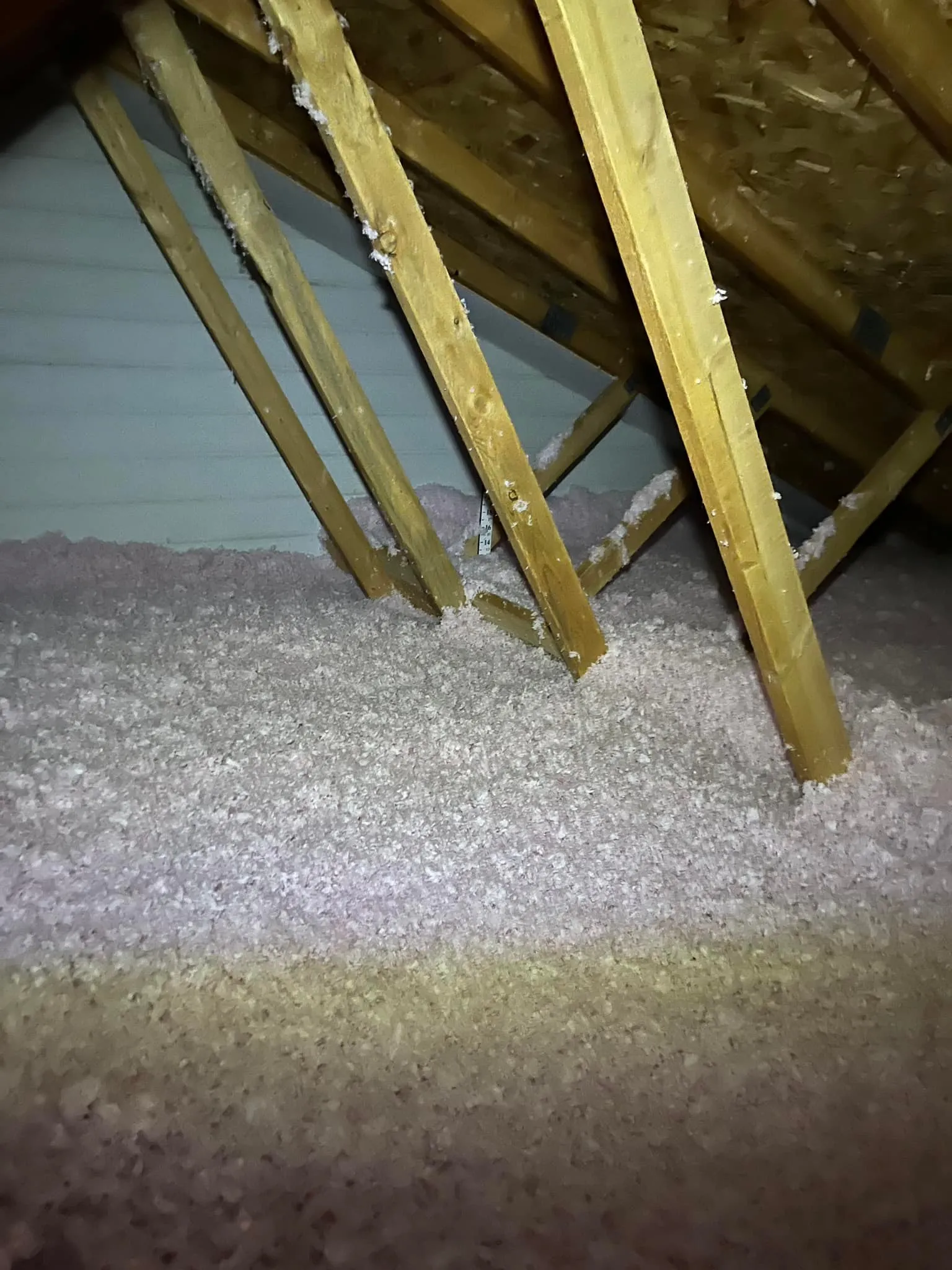

Yes, open-cell spray foam can significantly reduce persistent allergy issues, but not because the foam kills allergens. The primary benefit comes from its effectiveness as an air barrier. Allergies often stem from outdoor pollutants like pollen and dust, or indoor triggers like dust mites and mold, which enter or thrive due to uncontrolled air and moisture movement. By minimizing air infiltration through cracks and gaps in the building envelope, open-cell foam prevents these triggers from entering the conditioned space, improving indoor air quality and creating a less hospitable environment for allergens.
Controlling the movement of air and moisture is the single most effective way to manage common household allergens. Proper air sealing focuses on delivering solutions that integrate superior thermal performance with exceptional air sealing capabilities. Understanding how this insulation interacts with your home’s ecosystem is key to mitigating symptoms that have not responded to conventional treatments.
Allergies are often triggered by microscopic particles. Pollen, dust, mold spores, and pet dander travel easily through leaks in the building envelope, usually around electrical outlets, pipes, window frames, and foundation sills. Standard insulation like fiberglass slows heat transfer but does nothing to stop air flow. Open-cell spray foam, however, expands up to 100 times its liquid volume to fill and seal these penetrations completely.
Data from the Environmental Protection Agency (EPA) consistently shows that indoor air can be two to five times more polluted than outdoor air, often due to the concentration of outdoor pollutants that infiltrate the structure, combined with indoor sources. By sealing the envelope, open-cell foam minimizes this infiltration route, making internal air filtration systems more efficient.
While insulation is often measured by its R-value (a measure of resistance to conductive heat flow), the air-sealing property is what drives the allergy benefit. Open-cell foam typically has an R-value around R-3.5 to R-3.7 per inch, which is lower than closed-cell foam, but its ability to create a monolithic, continuous air barrier is unmatched by traditional insulation types.
Air sealing alone can account for significant energy savings and moisture control, both of which affect air quality. The Department of Energy (DOE) – Energy Saver emphasizes that addressing air leaks is often the most important step in reducing energy waste and maintaining comfortable, healthy indoor environments. Less air movement means less fluctuation in temperature and humidity, stabilizing conditions that might otherwise promote mold growth.
Because open-cell foam creates such an effective seal, it is critical to pair the application with controlled ventilation. Mechanical ventilation systems (like Energy Recovery Ventilators or ERVs) ensure a steady supply of fresh, filtered air while maintaining energy efficiency, preventing the home from becoming stale or accumulating indoor contaminants like VOCs.
Deciding between open-cell and closed-cell foam is important when the goal is managing allergens. While both provide excellent air sealing, they differ in density, structure, and ability to block moisture vapor.
| Feature | Open-Cell Spray Foam | Closed Cell Spray Foam |
|---|---|---|
| Density | Low (0.5 lb/ft³) | High (1.75 – 2.0 lb/ft³) |
| Air Barrier | Excellent | Excellent |
| Vapor Permeance | Highly Permeable (allows drying) | Low Permeability (vapor barrier) |
| Sound Dampening | Excellent (soft, absorbing structure) | Fair to Good (harder structure) |
| Ideal Use for Allergies | Attics, walls, and areas needing drying capacity | Below-grade, metal buildings, or where structural rigidity is needed |
Open-cell foam’s ability to breathe (vapor permeance) can be advantageous in climates like those served by High Country Solution, where moisture vapor can travel through the assembly. If moisture were to enter the building envelope, open-cell foam allows the assembly to dry out, helping to prevent the sustained damp conditions required for mold proliferation. The U.S. Centers for Disease Control and Prevention (CDC) clearly links high indoor moisture levels and mold growth to allergy and asthma symptoms.
In high-altitude, cold, or variable climates, the need for stringent air sealing is pronounced. Extreme temperature differences between indoors and outdoors drive substantial air pressure changes, forcing large volumes of outdoor air (and its accompanying pollen or dust) through any gap. Sealing the attic and exterior walls with open-cell foam effectively neutralizes this effect.
Consider the common allergens: dust mites and mold. Dust mites thrive in high humidity (above 50%). By creating a stable air barrier, open-cell foam helps regulate indoor humidity, keeping it below the 50% threshold where dust mites multiply rapidly. For areas prone to moisture issues, the foam’s allowance for two-way drying in the wall cavity prevents moisture trapping, significantly reducing the risk of hidden mold growth that often triggers chronic allergic reactions.
Before installation, ensure the application area (attics, crawlspaces) is meticulously cleaned of existing dust, mold, and debris. While foam encapsulates existing surfaces, starting with a clean substrate prevents any pre-existing allergen sources from being sealed within the structure.

Before selecting open-cell spray foam solely for allergy mitigation, several practical factors need assessment. This involves looking beyond the material itself and focusing on the installation context.
Open-cell spray foam represents a powerful tool in the fight against persistent indoor allergies, primarily by controlling air movement and stabilizing humidity, rather than being a magic allergy cure itself. For those seeking long-term relief from environmental allergens and aiming for higher indoor air quality, the investment in a comprehensive air sealing strategy is often necessary. Always evaluate the specific conditions of the structure, the local climate challenges, and the installation quality required to maximize the health benefits.
When assessing insulation and air sealing options for allergen control, detailed structural knowledge makes all the difference. For expert guidance on integrating high-performance solutions into your property, you can contact the professionals at High Country Solution. Get in touch by calling (307) 248-9063 or send an inquiry via email to [email protected]. High Country Solution helps ensure your insulation choices align with both energy efficiency goals and superior indoor air quality standards.
No, existing insulation must almost always be removed. To achieve the complete, monolithic air seal required to control allergens effectively, all existing insulation (fiberglass, cellulose) must be removed. The foam needs direct contact with the substrate (the roof deck, wall sheathing, etc.) to expand properly and seal every crack.
Open-cell foam does not support mold growth; it is an inert polymer and contains no organic material for mold to feed on. However, if water is constantly introduced into the wall cavity from an external leak, mold can grow on other organic surfaces nearby, like wood framing or drywall paper.
The curing time, when the foam is fully stable, varies based on product formulation and ventilation, but typically, professionals allow a full 24 hours before occupants can safely re-enter the treated area.
Installation requires specialized equipment and trained personnel, involving high-pressure spraying. The area must be cleared and protected with plastic sheeting. While the process is disruptive during the application hours, a professional crew minimizes mess, and cleanup is usually swift.


